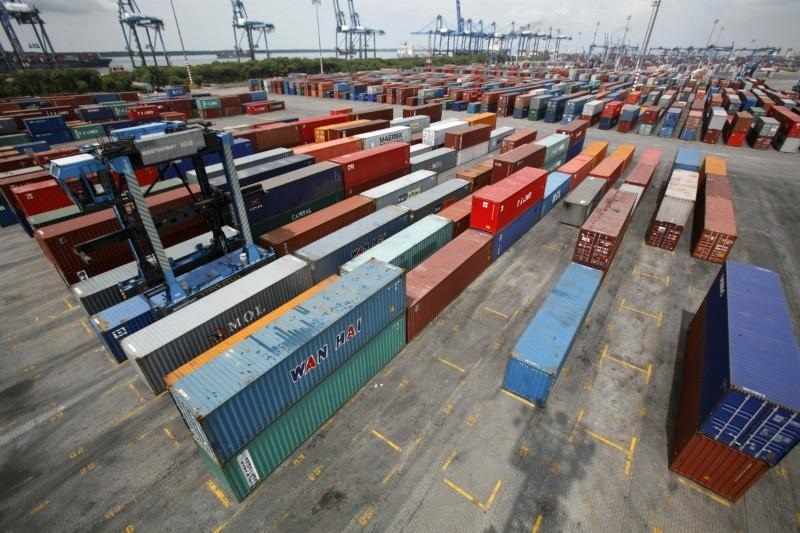PETALING JAYA: RHB Research has maintained its 2019 current account surplus forecast at RM38.8 billion, or 2.5% of GDP for 2019, from 2.3% of GDP in 2018, as the slowdown in trade may continue to cap import growth more than exports, as seen in Q1’19.
Malaysia’s Q1’19 current account surplus rose to the highest level in five years, as goods surplus rose amidst a fall in imports while the services and income deficits narrowed.
Affin Hwang Capital maintained its forecast for 2019 current account surplus at RM30 billion.
“Even with the trade tension between the US and China, we expect export growth to be supported by Malaysia’s diversified export structure, steady commodity prices and healthy demand for manufactured goods. This, in turn, will likely support the current account surplus. Besides that, we expect the current account surplus to also be supported by higher tourist receipts,“ it said.
For 2019, it said Tourism Malaysia projected tourist receipts to grow by 9.6% year-on-year to RM92.2 billion from RM84.1 billion in 2018. Tourist arrivals are also forecasted to increase to 28.1 million persons from 25.8 million persons in 2018.
“Therefore, we expect the trade surplus to remain healthy at around RM100 billion (RM120.3 billion in 2018) and the current account surplus to also remain healthy at around RM30 billion in 2019 (RM33.5 billion or 2.4% of GNI in 2018).”
The research house has revised its real GDP growth forecast to 4.5% from 4.7% previously for 2019 following slower-than-expected GDP growth thus far in 1H19.
“However, we believe growth in total investment, which has been dragged down by the continued cautious business sentiment as well as lower capital expenditures in 1Q19, will likely recover in the quarters ahead, supported by implementation of infrastructure development projects and capital spending in the manufacturing and services sectors.
“More importantly, we expect the possibility of an acceleration in the federal government’s development expenditure as well as improvement in public corporations’ capital spending to support domestic demand and provide some cushion to slowing exports due to the escalation in US-China trade tensions. Nevertheless, external risks remain elevated,“ said Affin Hwang.
Going forward, with the trade tensions escalating between the US and China, and Malaysia being an open economy that is highly dependent on exports and the manufacturing sector, it believes that Malaysian external demand could be dampened on possible global supply chain disruptions.
“We believe that growth in net real exports will contract by 0.5% for 2019, as gross exports are expected to register a slower growth of 1% (2.2% in 2018), but gross imports may increase by 1.2% in 2019 (1.3% in 2018).
Meanwhile, Fitch Solutions Macro Research said with the re-escalation in May of US-China trade tensions, which saw another round of tit-for-tat tariffs, as well as the possibility of additional US tariffs on another US$300 billion (RM1.3 trillion) worth of Chinese goods, the external environment has once again taken a negative turn.
“Malaysia’s export growth will likely see spill-over effects from slowing regional growth as a result and we expect export growth to remain subdued over the coming months.”










